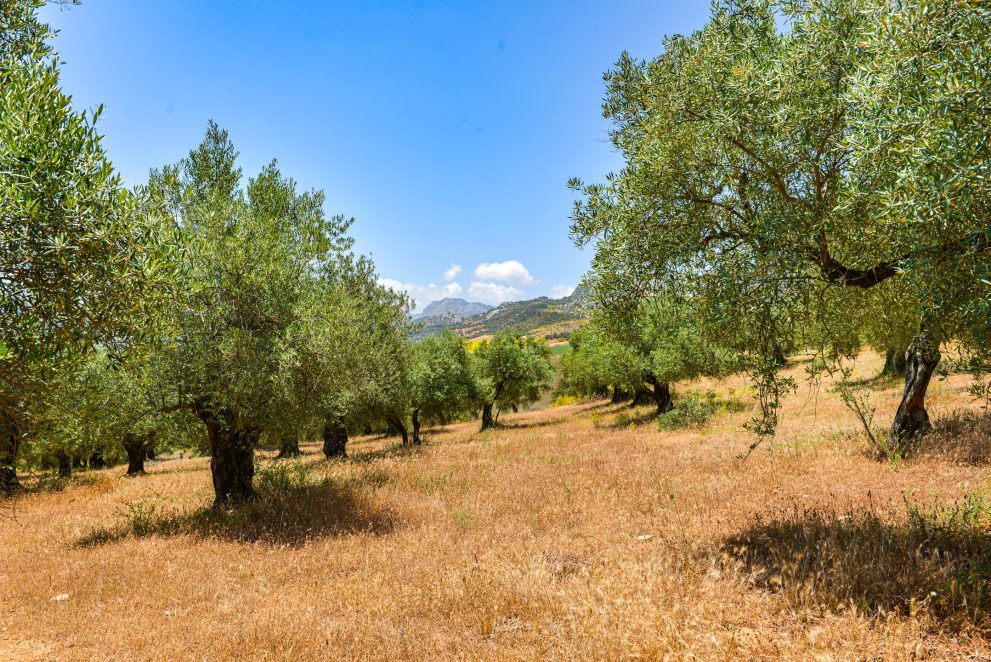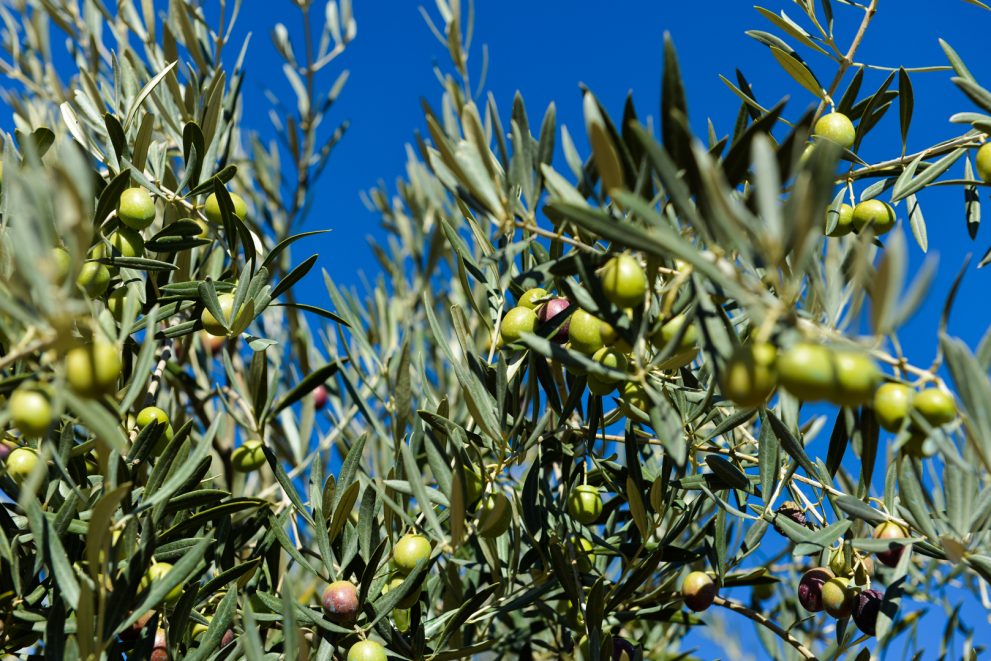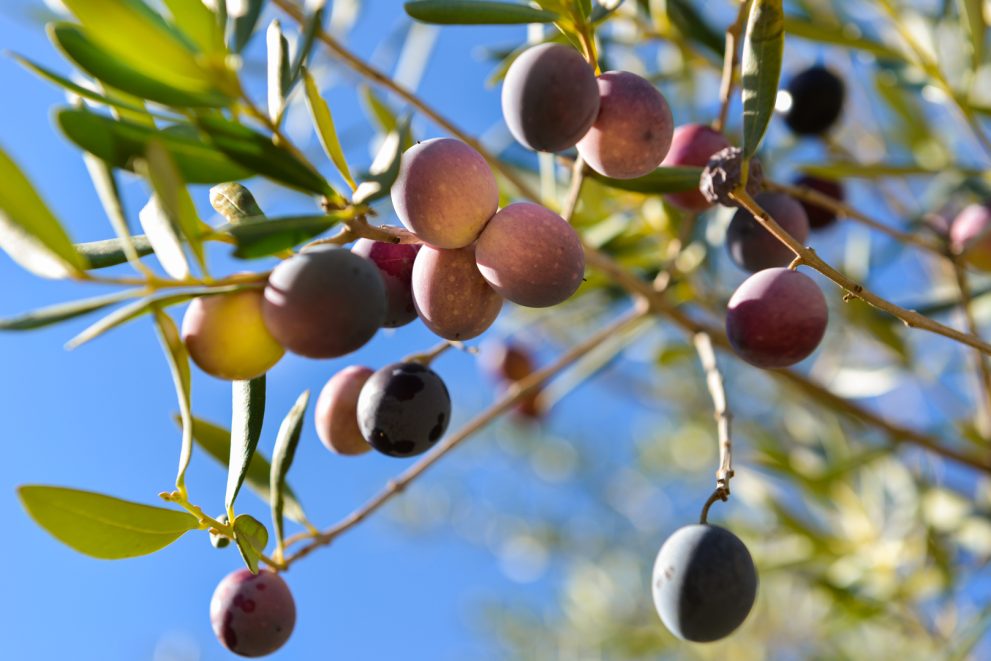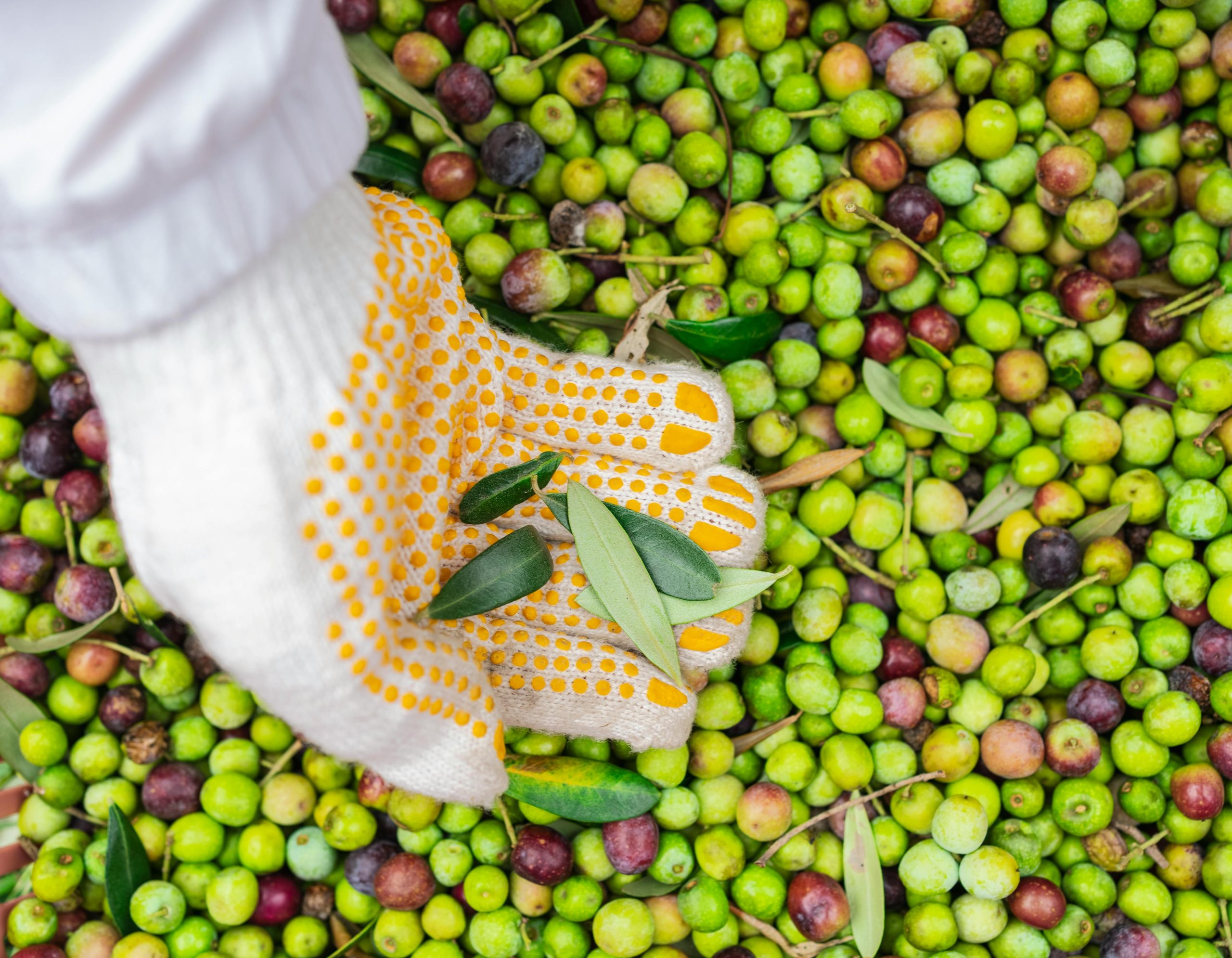Oh boy, do we love this time of the year! Why? It’s the end of October and we have had some beautiful sunny days in the heavenly south of Spain. We even still see people, both foreigners and locals, spending their afternoons at the beach. Isn’t that just marvellous? But that is not the only reason why this is such an important time of the year. It is also the season in which our beloved farmers are preparing our most precious asset in the countryside! The olive harvest has begun! And that means that the most delicious liquid gold is currently being extracted from our Andalusian olives!
The most important harvest of Andalucia
We are quite honest when we say that the harvest of Andalusian olives is actually considered one of, if not, the most important agricultural harvest in Andalusia. Why? First of all, Andalusia is the world’s leading producer of olive oil. So even just economically, the harvest of Andalusian olives plays a significant role in the region. But the importance is much more than “just economy”. Olive oil is part of our culture, part of the Andalusian essence. Is there anything we don’t do with olive oil? We use it on a bread for breakfast, we use it to dip our bread in before almost any meal. Naturally, we use it to cook with! We use olive oil in our every day life and cannot imagine a world without it.

Of course, in Andalucía we have many more crops, such as citrus, lots of grapes, etc. But on an agricultural level, the harvest of our Andalusian olives really is the most crucial and iconic event in the entire region.
History
Olive groves were already part of agriculture in other places of the world years and years before they came to the Iberian Peninsula. The Phoenicians were the ones who brought the olives to us roughly 3000 years ago. However, it wasn’t until the Roman Empire that the plantation of olive groves was not further developed. Historically, Andalusian olive oil was so valuable that it was used as currency or as an offering to deities in ancient times, earning it the nickname “liquid gold.”
Over the years, many different types of olive trees have been introduced to our region. In total, there are over 260 varieties, but let’s see the most important ones explained below:

- Picual. This variety is produced in most abundance over Spain, even though it concentrates in Andalucía. Mainly in Jaen, Cordoba and Granada. They extract an incredibly stable olive oil from these Andalusian olives, which is why it is is such a great olive oil to use for cooking! It can resist high temperatures! Fun fact! The Picual olive, is often harvested at night or early morning to preserve its delicate aroma and quality.
- Hojiblanca. Very famous in Andalucía, found in Malaga, Cordoba, Granada and Sevilla. The name comes from the fact that the leaves are literally a bit whites on the back. Very easy to identify! Both used as table olives and for its oil. Has a mild and sweet taste at first, and develops into something a bit more spicy at the end. This variety is also used to make black olives, used a lot in the Spanish gastronomy!
- Manzanilla. Mainly produced in Sevilla. It is very tasty, with a fruity and spicy flavour. Slightly bitter. Used as table olives and of course, also for its oil production.
- Verdial. Mainly found in Malaga, specifically the Axarquía region. Used for both table olives and oil.
- Gordal Sevillana. Mainly produced in Sevilla, and is probably one of the most famous Andalusian olives, worldwide. Why? Because of their immense size. They make great table olives!
- Lechín de Sevilla. Classic in Sevilla. It named after “milk” because of its milky colour. The extra virgin olive oil has slightly spicy and bitter flavours.
- Lechín de Granada. Found in Granada, but also around Almería. Has sweet tones, making it a very fun elements in our gastronomy.
- Aloreña. This is the most typical variety in Malaga. They are quite meaty and are therefore a great to use as table olives. However, they are also pressed to extract a young and grassy olive oil.
- Picudo. Mainly seen in Cordoba, Granada and Malaga. The olive oil from these Andalusian olives are a bit sweeter, fruity and aromatic. In fact, they can be so sweet, that just like with ripe fruit, the birds come to pick at these delicious olives!
Fun Facts
There are different harvesting techniques these days. The most traditional one for our prime Andalusian olives, is of course, the hand picking. It is labour intensive, but you get the reassurance that your olives stay in the best condition. You might also see the farmers hitting the branches with sticks so that the olives fall to the ground. The alternative, is the mechanical method. There are different ways, but one of the most seen is where a tractor comes in to shake the base of the tree and the olives fall to the ground. It is much faster and efficient, but also causes more damage.

When to harvest? The ideal time is to harvest the Andalusian olives somewhere between the end of September and beginning of October. Right before the “envero”, which is the time when the colour changes from green to dark purple. However, each region and olive variety has a different time. Farmers usually know when it is time to harvest just by looking at the olives. However, sometimes they might run laboratory tests to ensure optimal ripeness for the best quality olive oil, liquid gold.
As soon as the olives are picked, you have to move! You can’t keep the olives “waiting” for days and days. They have to be pressed within 24, maximum 48 hours. This prevents deterioration of the fruit and of course preserves the quality of our most precious asset. Here in Andalucía, farmers have developed a 6th sense for their olive groves, making them not only the experts, but also the world leaders! Andalucía alone produces 80% of Spanish olive oil! And on a larger scale, Andalucía produces roughly 40% of the olive oil worldwide. Isn’t that just amazing?
Danielle Ernstsen | 23rd October 2025

